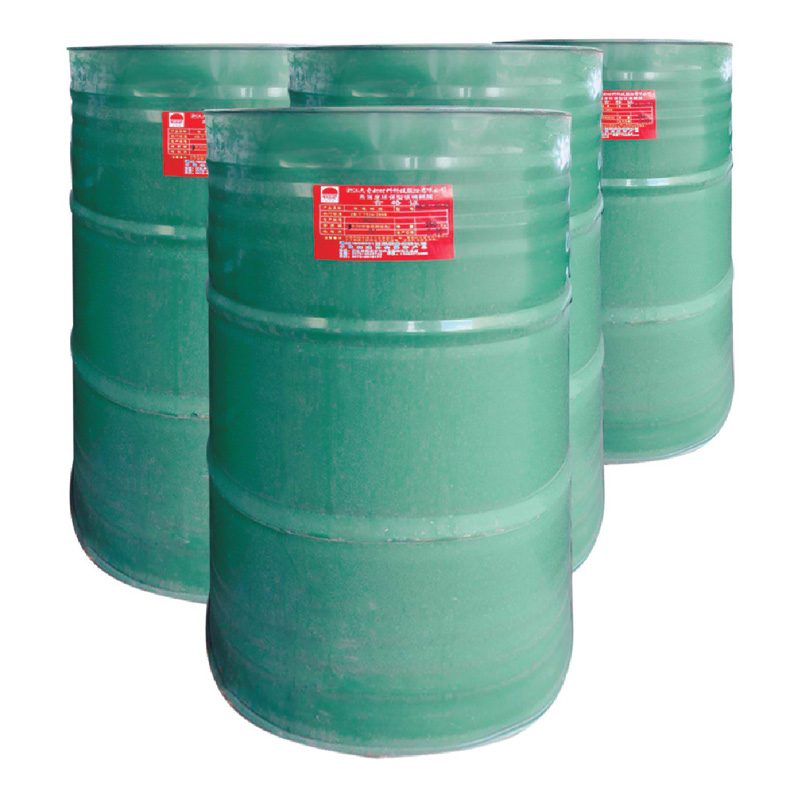When selecting alkaline phenolic resin for use in conjunction with other materials or in multi-material assemblies, several factors should be considered to ensure compatibility, performance, and durability of the final product. Here are some key factors to take into account:
Compatibility between alkaline phenolic resin and other materials is essential to ensure proper bonding, adhesion, and integration within the assembly.
Consider the chemical composition, surface properties, and substrate characteristics of the materials involved to assess compatibility and potential interactions.

Evaluate the adhesion properties of alkaline phenolic resin to determine its ability to bond effectively with different substrates and materials.
Conduct adhesion tests or bond strength assessments to verify adhesion performance and suitability for specific bonding applications.
Proper surface preparation is crucial for achieving optimal adhesion and bonding between alkaline phenolic resin and other materials.
Ensure that substrate surfaces are clean, dry, and free from contaminants, oxidation, or surface treatments that may hinder bonding.
Consider the curing conditions required for alkaline phenolic resin, including temperature, pressure, and curing time.
Ensure that curing conditions are compatible with the materials and components in the assembly to prevent thermal degradation, dimensional distortion, or curing issues.
Select the appropriate application method for alkaline phenolic resin based on the specific requirements of the assembly and the properties of the materials involved.
Common application methods include spraying, brushing, dipping, roll coating, and extrusion, each offering advantages and considerations for different applications.
Assess the environmental conditions to which the multi-material assembly will be exposed, including temperature, humidity, UV radiation, chemical exposure, and mechanical stress.
Choose alkaline phenolic resin formulations that offer suitable resistance to environmental factors and provide long-term durability in the intended service conditions.
Identify the performance requirements of the multi-material assembly, including mechanical strength, chemical resistance, thermal stability, and dimensional stability.
Select alkaline phenolic resin formulations with properties that meet or exceed the performance requirements of the application to ensure reliable performance and longevity.
Ensure that alkaline phenolic resin formulations comply with relevant regulations, standards, and industry specifications for safety, environmental protection, and product quality.
Verify that selected materials and components meet regulatory requirements for specific applications, such as food contact, automotive, aerospace, or medical applications.
By carefully considering these factors when selecting alkaline phenolic resin for use in conjunction with other materials or in multi-material assemblies, manufacturers can ensure compatibility, performance, and durability of the final product. Collaboration between material suppliers, manufacturers, and end-users is essential to achieve successful integration and optimal performance of multi-material assemblies in various applications.


 English
English 中文简体
中文简体
















